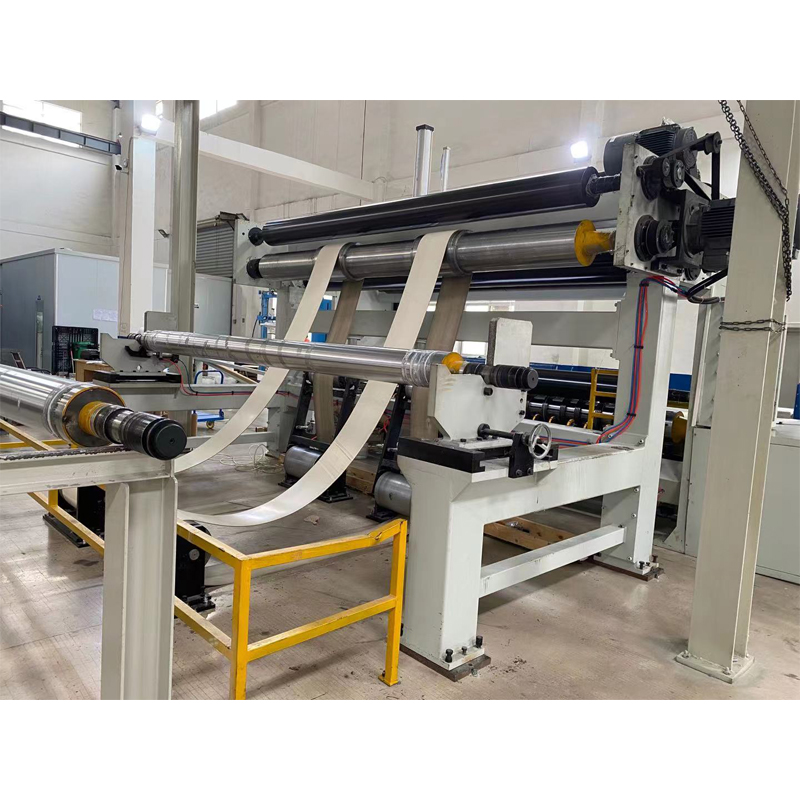Nonwoven fabrics are made using specialized nonwoven manufacturing equipment and machines that process fibers into webs and fabrics without weaving or knitting. This help explain the types of machines used to manufacture nonwoven fabrics. Let me know if you would like me to expand the post with more details or modify any part of the content.
Key Machine Types Used In Nonwoven Fabric Production Include:

- Fiber preparation equipment:
Machines like cutters, breakers, and cards prepare fibers and align them for the nonwoven process. This initial fiber processing is crucial for downstream web formation. - Web formation equipment:
Different machines are utilized to lay down fibers and form a nonwoven web. Card webbers use parallelized fibers while airlay and spunlaid processes deposit fibers using air or melt extrusion. - Web bonding equipment:
Bonded nonwoven fabrics require machines that consolidate the web and bind the fibers together. Common options are needlepunching, thermal bonding, and chemical bonding units. - Cloth making machines
They have been transforming raw fibers into woven textiles for centuries. From handlooms to modern computerized textile mills - Finishing equipment:
Finishing nonwoven fabrics involves machines like calenders and coaters that apply treatments to improve properties like absorbency, permeability and appearance.
Thus, Nonwoven Manufacturing Involves:
- Fiber preparation machinery
- Web formation machinery like carding, airlaying, spunlays
- Web bonding machinery for mechanical, thermal or chemical bonding
- Finishing machinery to enhance properties
Nonwoven Machines Can Produce A Wide Range Of Fabric
Together, these nonwoven machines can produce a wide range of fabrics for various industrial and consumer applications through:
- Carded processes
- Airlaying processes
- Specialty processes like electrospinning and nanofiber production
- Spunlaid processes like spunbond and meltblown
Examples Of Consumer Products That Use Nonwoven Fabrics
- Nonwoven fabrics like spunbond and meltblown polypropylene are commonly used as the substrate for wet wipes and cosmetic wipes.
- Nonwoven fabrics are used in a variety of medical products like gowns, шторы, dressings and bandages due to their breathability, strength and affordability.
- Nonwoven backings and substrates made from staple fibers like polypropylene and polyester are used in carpets, area rugs and artificial turf.
